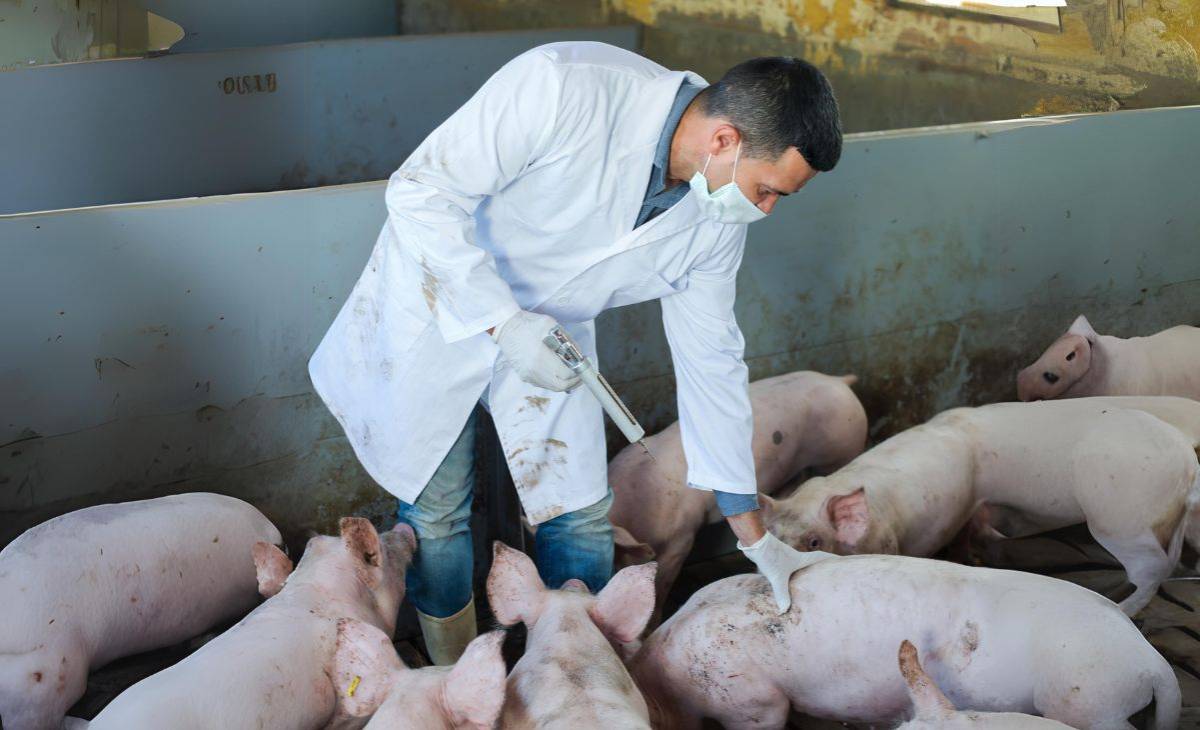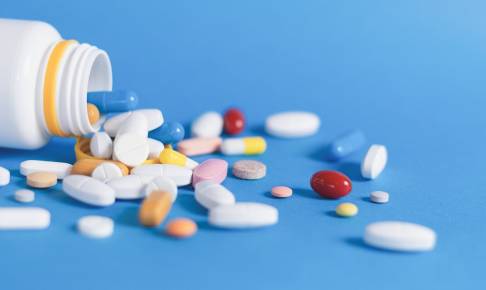Levels of veterinary drug residues in animals and food, new EFSA report published
The European Food Safety Authority (EFSA) has released its latest findings on the presence of veterinary drug residues and other substances in animals and animal-derived food in 2022. According to the report, the levels of these residues remain low across the European Union.
The comprehensive report examined various substance groups, including hormones, antibacterials, environmental contaminants, prohibited substances, and other veterinary drugs. The data used for the analysis have been collected by the EU member states, Iceland, and Norway.
The report revealed that in 2022, the percentage of non-compliant samples was 0.18%, which is consistent with the figures observed over the past 13 years, ranging from 0.17% to 0.37%. This indicates that the level of non-compliance has remained relatively stable. In the previous year, 2021, the non-compliance rate was 0.17%.
When specifically looking at targeted samples, which are taken to detect illegal use or check for non-compliance with maximum permitted levels, the overall non-compliance rate was 0.27% in 2022. This figure is comparable to the rates observed in the last four years (ranging from 0.24% to 0.35%).
The report also highlighted several examples of violations found during the sampling process. Out of the 600 320 samples reported to the European Commission, 919 targeted samples were found to be non-compliant. Some of the prohibited substances identified in the samples included chloramphenicol, semicarbazide, metronidazole, furaltadone, and nitrofurazon.
Furthermore, certain substances were found in specific food products. For instance, honey had the highest frequency of non-compliant samples for antibacterials, with 42 out of 3 056 samples showing non-compliance.
In terms of environmental contaminants, chemical elements such as cadmium, copper, lead, total mercury, and zinc were most frequently identified in non-compliant samples.
The report emphasized the importance of these findings for public health, as the presence of unauthorized substances or residues in food can pose risks to consumers. To enhance transparency and accessibility, EFSA plans to make the full dataset, consisting of approximately 13 million analytical results, available through the EFSA Knowledge Junction, an open repository designed to facilitate food and feed safety risk assessments.
Source:






















